caulking baseboards ...
mikend
15 years ago
Featured Answer
Comments (12)
worthy
15 years agomikend
15 years agoRelated Professionals
Fox Lake Kitchen & Bathroom Designers · Hammond Kitchen & Bathroom Designers · Piedmont Kitchen & Bathroom Designers · Plymouth Kitchen & Bathroom Designers · Town 'n' Country Kitchen & Bathroom Designers · Feasterville Trevose Kitchen & Bathroom Remodelers · Manassas Kitchen & Bathroom Remodelers · Portage Kitchen & Bathroom Remodelers · Rancho Cordova Kitchen & Bathroom Remodelers · South Barrington Kitchen & Bathroom Remodelers · Southampton Kitchen & Bathroom Remodelers · Auburn Hills Architects & Building Designers · Oakley Architects & Building Designers · Parkway Architects & Building Designers · Portsmouth Architects & Building Designersbrickeyee
15 years agomightyanvil
15 years agoworthy
15 years agomightyanvil
15 years agoembees
15 years agomikend
15 years agobellefourhouse
15 years agoRudebekia
15 years agoenergy_rater_la
15 years ago
Related Stories
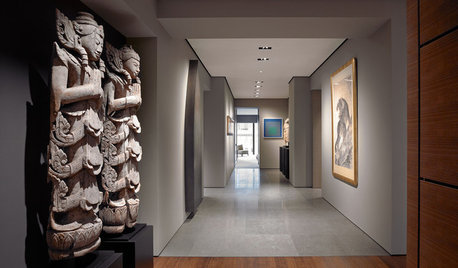
DESIGN DETAILSDesign Workshop: The Modern Wall Base, 4 Ways
Do you really need baseboards? Contemporary design provides minimalist alternatives to the common intersection of floor and wall
Full Story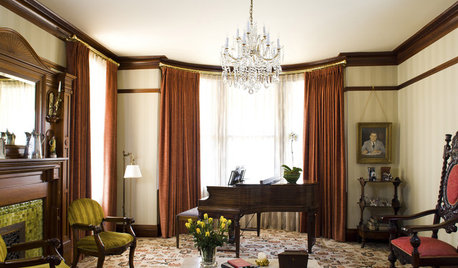
GREAT HOME PROJECTSHow to Bring Out Your Home’s Character With Trim
New project for a new year: Add moldings and baseboards to enhance architectural style and create visual interest
Full Story
BATHROOM TILEQuick Fix: Repair Cracked Bathroom Grout
Banish an eyesore and safeguard your bathroom from water damage in 30 minutes or less with this DIY repair
Full Story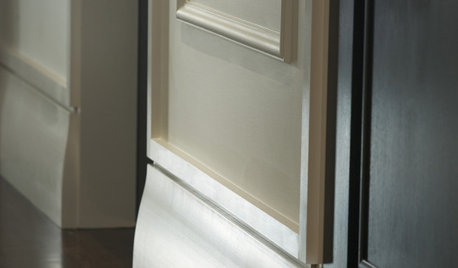
TRIMInterior Trim: 8 Must-Know Elements
Softening transitions and creating a finished look, interior trim for walls, windows and doors comes in many more options than you may know
Full Story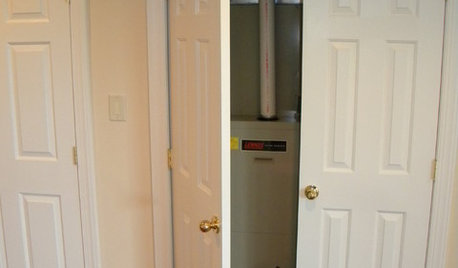
MOST POPULARA First-Time Buyer’s Guide to Home Maintenance
Take care of these tasks to avoid major home hassles, inefficiencies or unsightliness down the road
Full Story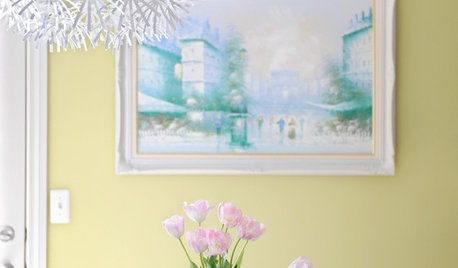
HOUSEKEEPINGTo-Dos: Your March Home Checklist
It’s time to rid yourself of winter’s heaviness and set up for spring
Full Story
LIFEHouzz Call: Show Us Your Nutty Home Fixes
If you've masterminded a solution — silly or ingenious — to a home issue, we want to know
Full Story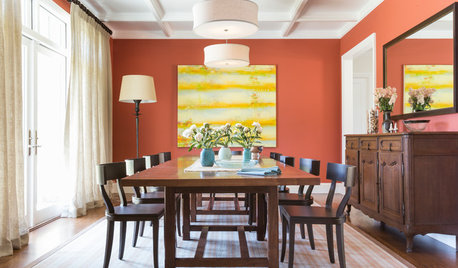
PAINTINGHow to Hire a Painter to Do Your Interiors
Here’s what to know about hiring a painting contractor and what to expect during the job
Full Story
KITCHEN STORAGECabinets 101: How to Get the Storage You Want
Combine beauty and function in all of your cabinetry by keeping these basics in mind
Full Story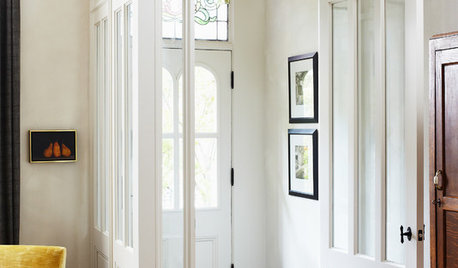
FEEL-GOOD HOMEStop That Draft: 8 Ways to Keep Winter Chills Out
Stay warm without turning up the thermostat by choosing the right curtains, windows and more
Full StoryMore Discussions








homebound